
There is often a confusion about the difference between a food portion and a food serving, especially when reading some food labels and nutrition facts on various food items or recipes.
A portion and a serving do not represent the same thing and by making things clearer, you will certainly be able to get the right healthy eating habits and manage diabetes more effectively.
- A serving is a measured amount of a food or a drink that is listed on the Nutrition Facts Labels of food products, along with the nutrients applied to just one serving of that food or drink.
- A portion is how much food or drink you choose to eat at one time, for your meal or snack. It can be a big portion or a small portion, it is your decision. This means that you can possibly eat multiple servings of that food or drink if you choose to go for bigger portions.
By understanding the difference between the size of your portion and the size of the serving on the food label, you will be able to make better choices for your meals and improve your diabetes management.
Sometimes serving and portion sizes match, and sometimes they don’t; it all depends on how much you choose to eat. If you just look at the serving size on the packaging without considering your true portion size, then you might be having a lot more food than what you were thinking.
For example, if the nutrition label says that one serving of soup is 1/3 of the can, and if you have eaten the whole can, then your portion size was actually 3 times the serving size indicated on the soup can.
So, remember to pay attention to the actual size of the portion that you consume.
Nutrition Labels are also important to read as they help you to get a better understanding of what you are getting in terms of nutrients, calories and other nutrition facts from the food that you’re choosing to eat.
Also, choosing the right portion size for you depends on various factors including your age, weight, whether you are a male or a female and how active you are.
Here is a rough guide to help you compose a balanced meal by using your hand as a measuring guide:
- High-protein foods: A palm-sized portion for women and two palm-sized portions for men, such as meat, fish, poultry, and beans.
- Vegetables and salads: A 2 fist-sized portions for men and a fist-sized portion for women.
- High-carb foods: One cupped-hand portion for women and two for men, such as whole grains and starchy vegetables.
- High-fat foods: One thumb-sized portion for women and two for men, such as butter, oils, and nuts.
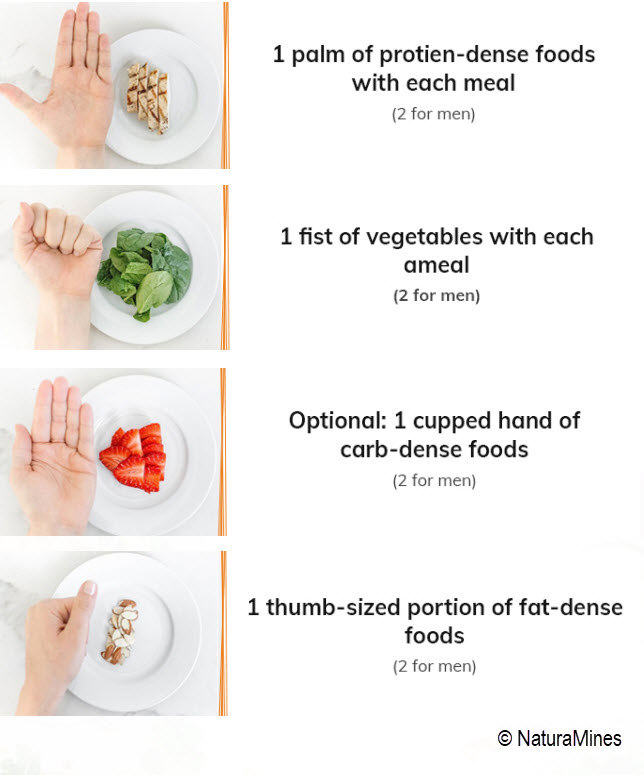
You can learn what portion size is right for you by writing down your usual portions of the foods that you eat more often.
Measuring cups, spoons and a food scale are helpful tools to better measure your portions. You can also learn how to use your hands as a serving guide as indicated in the illustration above.


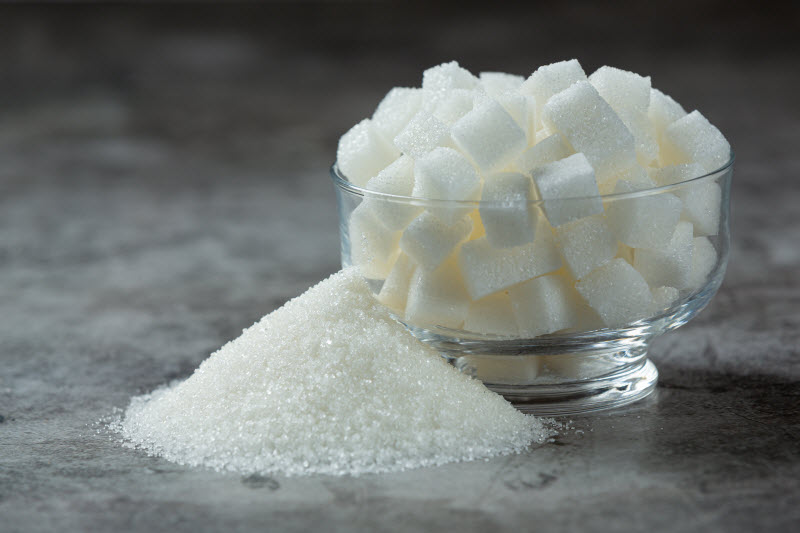
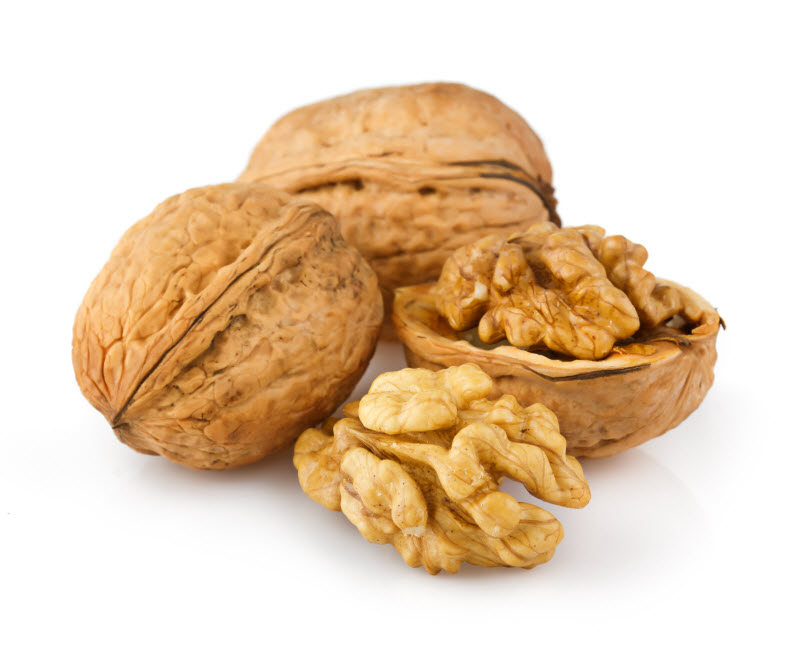
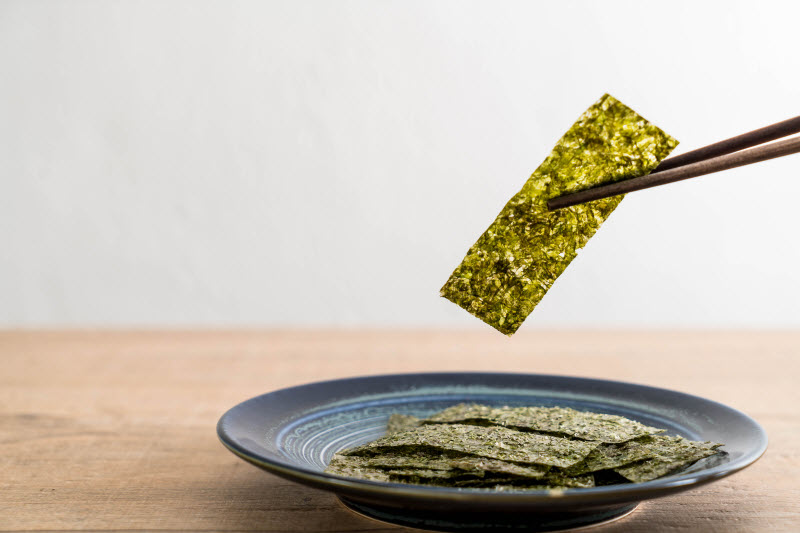



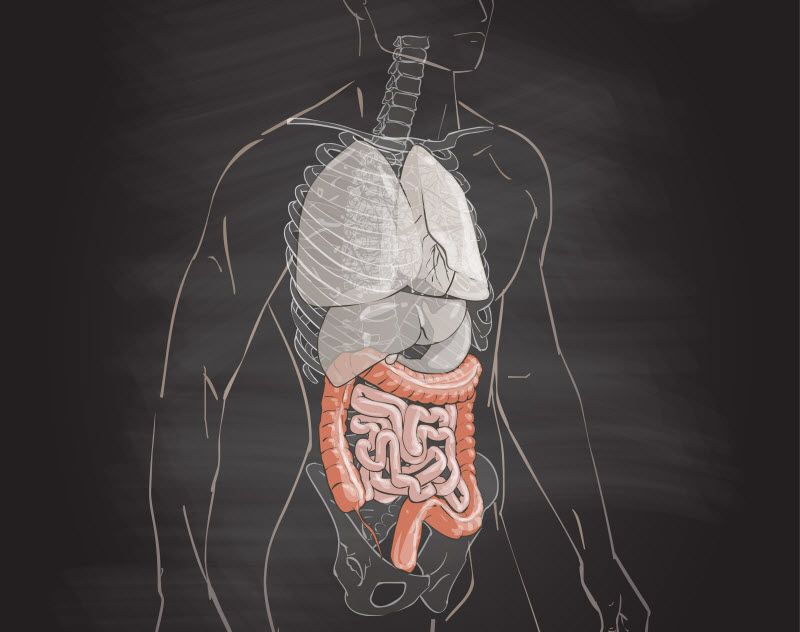
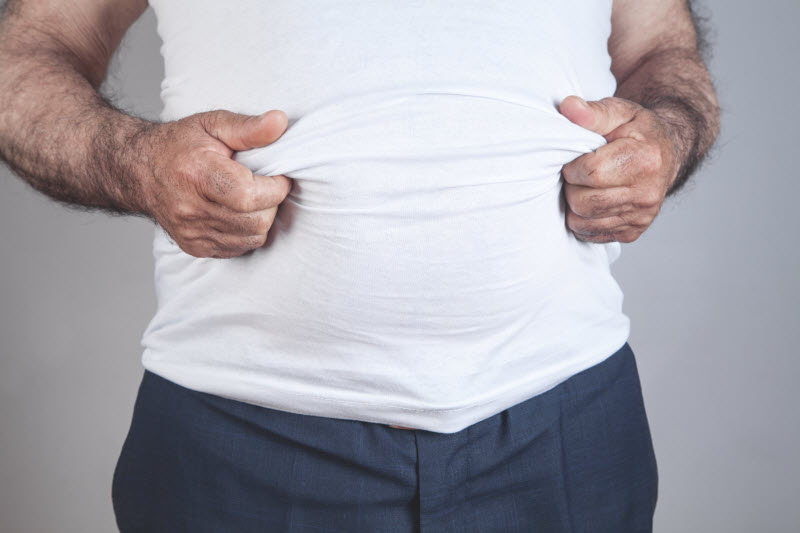

Discussions
Add Comment